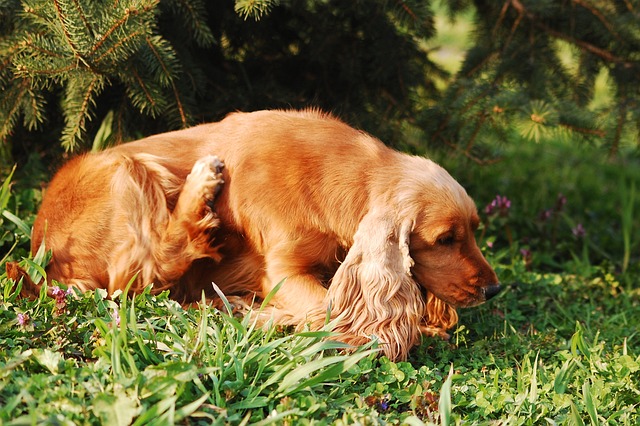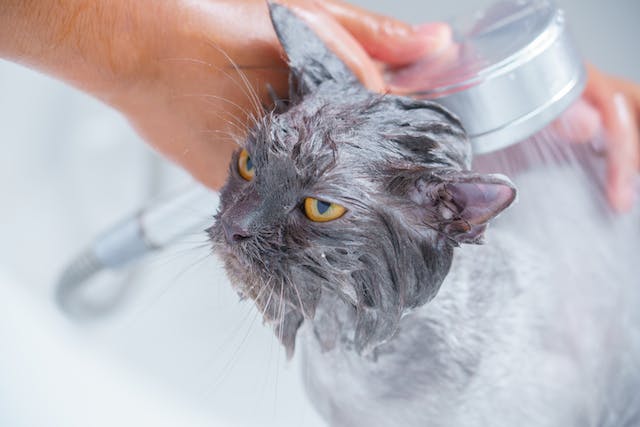Have you ever noticed your dog or cat cry as soon as you leave the door and seemingly the entire time that you’re gone? Do they get especially vocal when their pet siblings are away from them, or even soil the home when this happens? Separation anxiety is a complex and often distressing issue observed in both cats and dogs, affecting their emotional well-being when separated from their owners or familiar environments. In this article, we delve into the causes of separation anxiety in our beloved pets. Understanding the origins and behavioral patterns associated with this condition is crucial in providing effective strategies and support to help our furry companions cope with and overcome this challenging aspect of their lives.
The causes of separation anxiety can vary:
Early Life Experiences: Pets that were weaned too early, or those who experienced abrupt separation from their mother or littermates, might be more prone to separation anxiety.
Change in Routine: Sudden changes in the owner’s schedule, a move to a new place, or changes in household members can trigger anxiety in pets.
Lack of Socialization: Insufficient socialization during a pet’s early stages can contribute to separation anxiety.
Traumatic Events: Previous traumatic experiences or a history of abandonment might heighten anxiety when left alone.
Overattachment: Some pets become overly attached to their owners, making them more prone to separation anxiety.

Are your Pets Showing These Signs?
Dogs:
Destructive Behavior: Chewing, digging, or scratching at doors and windows.
Excessive Vocalization: Whining, barking, or howling persistently.
Toileting Indoors: Even if they’re usually house-trained, they might have accidents when anxious.
Pacing or Restlessness: Inability to settle down or relax when alone.
Cats:
Excessive Meowing: Vocalizing more than usual, especially when alone.
Urination or Defecation Outside the Litter Box: Even if previously litter trained.
Hiding: Cats might retreat and hide when anxious or stressed.
Excessive Grooming: Over-grooming or pulling out fur due to stress.

Addressing separation anxiety often involves a combination of behavioral training, environmental changes, and sometimes even medication. Strategies may include:
Gradual Desensitization: Gradually exposing the pet to short periods of alone time and gradually increasing it.
Creating a Safe Space: Providing a safe and comfortable environment for the pet when alone, with toys, treats, or familiar scents.
Behavior Modification: Training techniques to modify behavior and reduce anxiety.
Medication: In severe cases, veterinary consultation might involve prescription medication to alleviate anxiety symptoms.
Exercise: Exercise is key in managing separation anxiety for dogs; ensure your pup gets age-appropriate physical activity, especially crucial for high-energy breeds. Alongside physical exercise, mental stimulation through training sessions and games is essential, as it can be as tiring as physical activity and keeps your furry friend engaged and content.
Mobile Pet Grooming: Private, Climate-Controlled Trailer
We understand that our clients’ pets may experience some kind of anxiety and we do our best to keep them calm and we provide gentle care throughout the grooming. All our services are done inside our climate-controlled trailer. Your pet will enjoy a private experience with our experts. Full-Service Groom Includes: Warm Bath with Ultimate Shampoo, Anal Glands externally expressed, blow dry by hand, pads trimmed, nails trimmed, ears cleaned (ear hair removed & deodorized with ProEar Professional Alcohol-Free Ear Cleaner), Cologne, & Bows or Bandana and an all-over hair cut or Shavedown.
Sources:
Akc.org
Aspca.org
petmd.com
Openai.com




